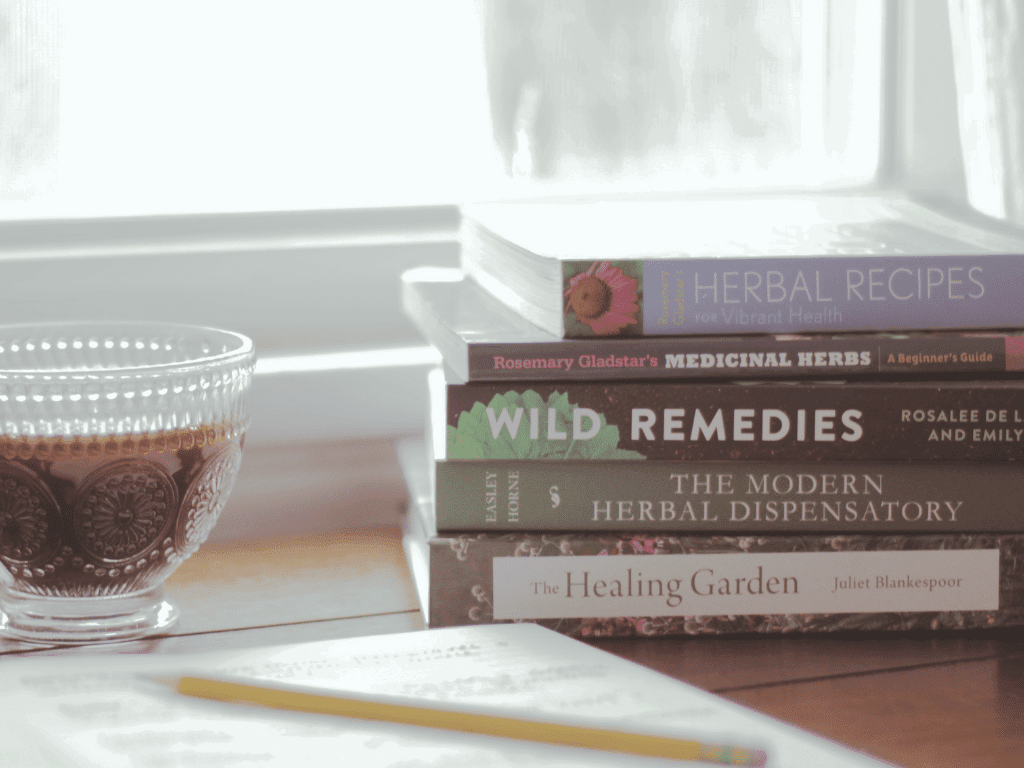When I first started gardening 10 years ago, I had no idea how much there was to learn. I figured out quickly that it’s a lot more than just putting seeds in the ground and hoping for the best! Each step, from building healthy soil to managing pests, brought new chances to grow as a gardener.
Once I decided to get really serious about gardening, I focused on how to grow enough food to feed my family through the entire year. At the same time, I started building my apothecary and making herbal medicine from the fresh herbs in my garden.
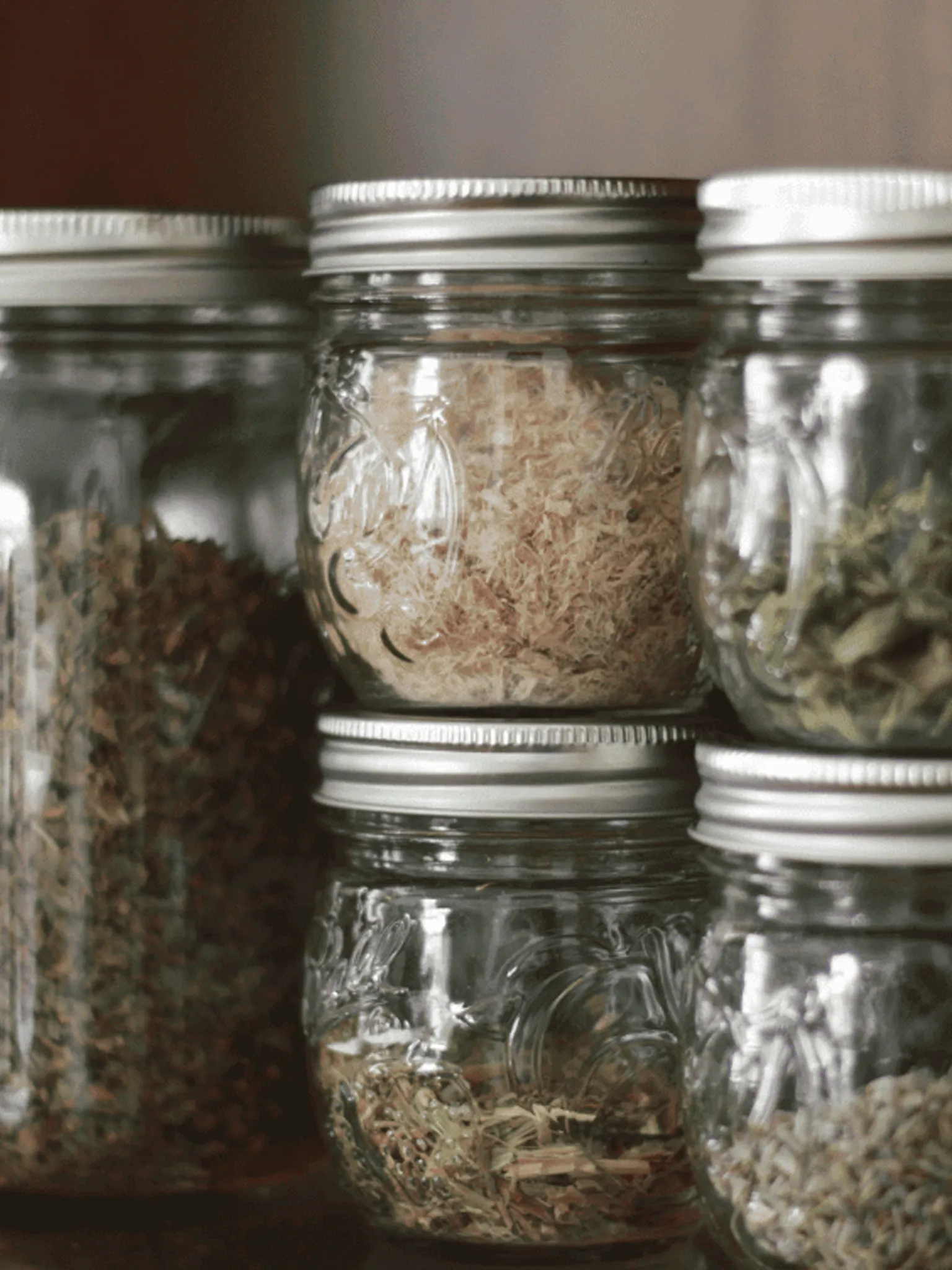
So, if you’re new to gardening, here are some things I wish someone had told me – practical advice that will save you time, effort, and money. I’ll also share the lessons I learned from my (many) failures.
Beginner Gardening Tip # 1: Start Small
I remember hearing this over and over again when I first started gardening – but did I listen? No way! I bought tons of seeds of every vegetable and herb I could think of. By the end of summer I had a few tomato plants – and that’s it!
There was so much I didn’t know – like how certain plants grow better when they are directly sown versus being transplanted, or how to fertilize properly and build healthy soil. I also didn’t realize pests and diseases would be such a huge problem.
🌱 So, my first and biggest tip is to choose a few plants, and learn everything about them.
Learning about plant families may be easier because they often have similar growing requirements, attract the same pests, and suffer from the same diseases.
Nightshade family: Eggplant, pepper, potato, and tomato.
Brassica family: Broccoli, Brussels sprouts, cabbage, cauliflower, kale, kohlrabi, radish, and turnip.
Carrot family: Carrots, caraway, celery, cilantro, chevril, dill, fennel, parsley, and parsnip.
Bean family: Alfalfa, astragalus, beans, clover, fenugreek, licorice, mimosa, peanut, and peas.
Research common pests and diseases, growing requirements (sun, water, soil, support), nutrient requirements (NPK + trace minerals), companion plants, and growing time from seed to harvest. Learn which varieties are best suited to your climate and understand heirloom versus hybrid varieties.
Heirloom = we can (usually) save seeds from them.
Hybrid = we can’t save seeds from them.
Online Resources for Gardening:
Check out your local Cooperative Extension (for US residents).
Seed Savers Exchange Grow Guides
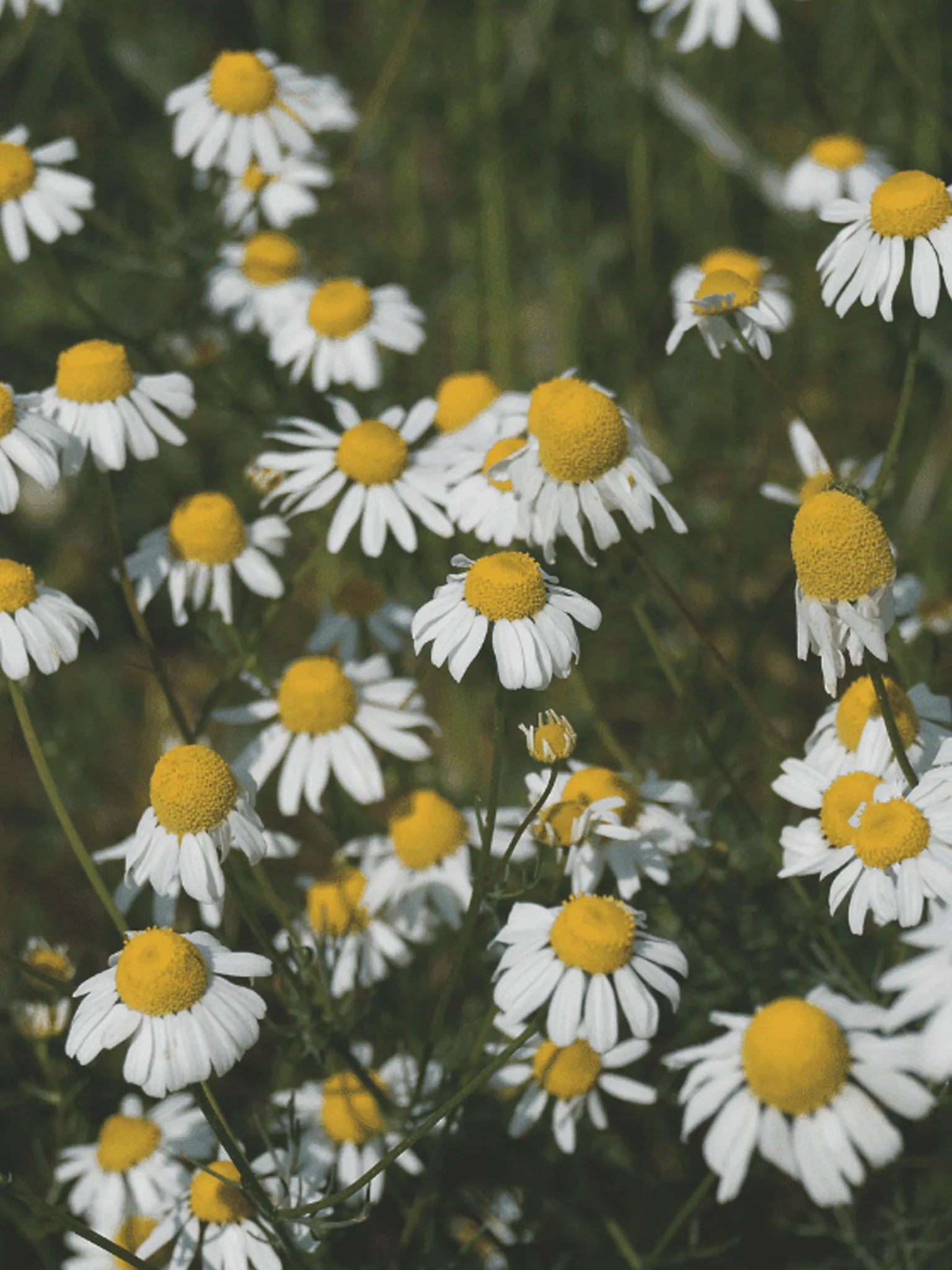
Some of the Easiest Vegetables and Herbs to Grow
- Radishes
- Bush Beans
- Lettuce, spinach, and arugula
- Herbs like basil, mint, chamomile, and dill
Other Easy Vegetables and Herbs to Grow
These are some of the moderately easy vegetables and herbs to grow. They have some extra requirements like support, fertilizing, and disease/pest management:
- Tomatoes
- Cucumbers (Difficult because of the cucumber beetle and requires staking/support)
- Peppers
- Eggplant
- Sugar Snap Peas
- Pole Beans
- Zucchini and Summer Squash (Difficult because of the squash vine borer and squash bugs but very easy to grow and produces a lot)
🌱 Bonus tip: Choose plants that produce a lot so you get the most out of your efforts. Veggies with the highest yields include beans, tomatoes, cucumbers, zucchini, and hot peppers. Plants with low yields include corn and melons.
Beginner Gardening Tip #2: Know Your Growing Zone
During the first year or two of starting my garden, I was really confused about when to start my seeds and when to transplant. I just buried some seeds and hoped for the best.
Unfortunately, this method didn’t turn out so well for me. I had peppers that didn’t have time to ripen, peas that stopped flowering because of the heat, and spinach that bolted before I could harvest any leaves.
Once I took the time to learn about my plants’ days to maturity, frost dates, and my growing season length, I was able to actually harvest my food!
🌱 My second tip is to learn about your climate, growing season length, and weather extremes so you can choose the plants best suited to your environment. Then, learn about your plants’ temperature requirements and days to maturity.
All this info will help you understand when to sow your seeds so that the plants have enough time to grow to maturity.
If you live in the United States, check your USDA hardiness zone using their map search feature and your growing season using the Farmer’s Almanac planting calendar.
I live in a zone 5b region, so my warm-weather crops can safely grow from May to October. I pay close attention to the days to maturity of each plant to ensure they have enough time to grow and produce. Most of my warm-weather seeds are started indoors around March to give them a jump-start on the season.
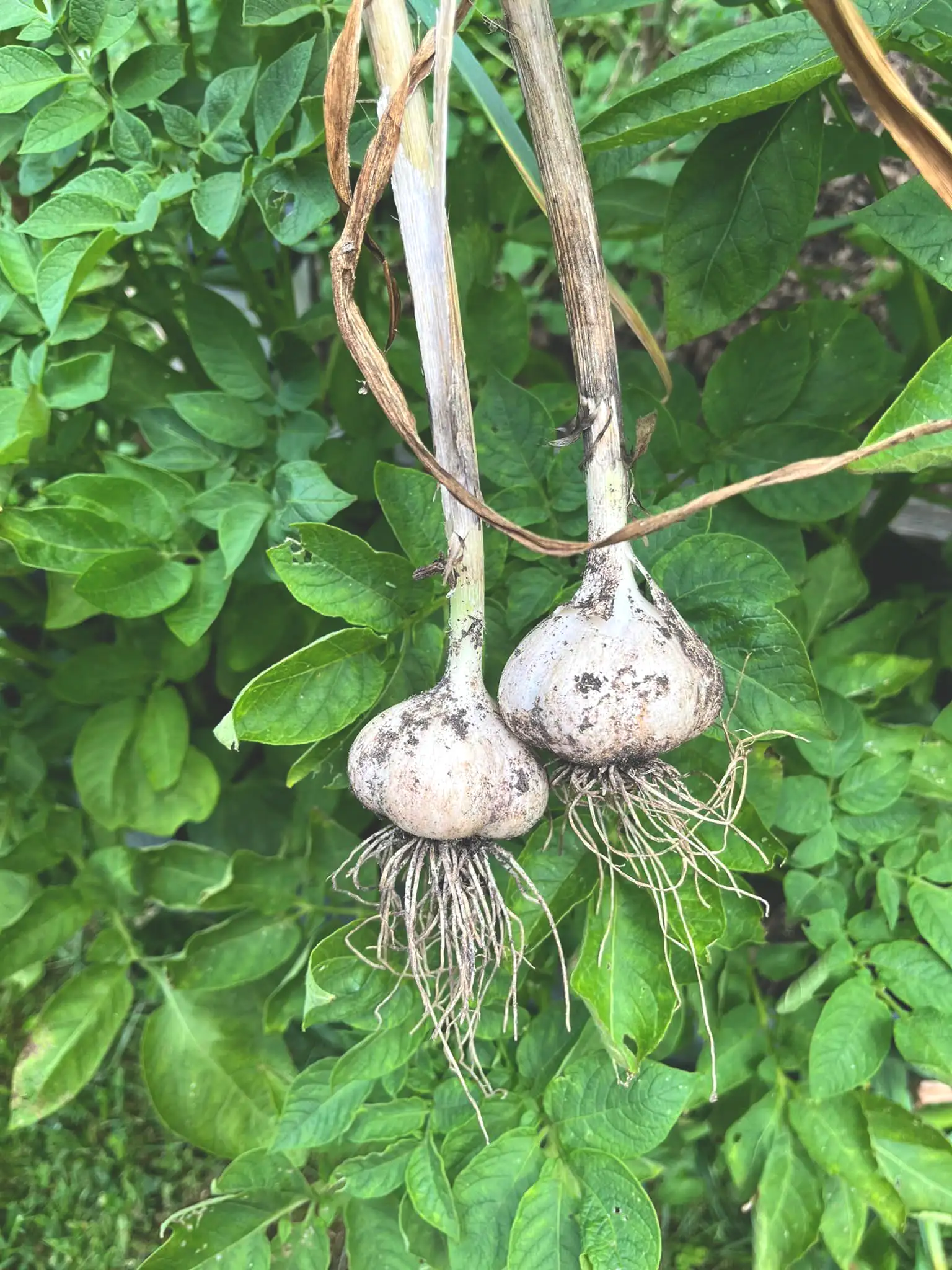
Beginner Gardening Tip #3: Prioritize Soil Health
I’ve made so many mistakes with my garden soil. First, I just used the soil from my yard and didn’t amend it with any compost or organic matter (leaf mold, cover crops, aged manure). I have clay soil so this resulted in stunted plant growth and hardly any harvests. Once I built raised beds and added compost, my plants finally grew!
Then I learned how to use cover crops, implemented no-till farming, and started vermicomposting. The difference those methods made to my harvests was crazy!
🌱 My third tip is to focus on building healthy soil! Healthy soil = healthy plants.
Soil is the foundation of your garden, so it’s really important to prepare it properly before planting your flowers, herbs, and vegetables. In early spring and late fall, amend your soil with compost or other organic matter. This will help improve the soil’s structure, increase water retention, and provide nutrients for your plants.
How I Build Healthy Soil
In late October, I cover all my beds with about 2 inches of fallen leaves. They help suppress weeds in the spring and as they break down, they add organic matter to the soil. This improves soil texture, making it more loamy and easier for roots to penetrate. In early April, I remove most of the leaves that didn’t break down and add a top layer of compost.
A good rule of thumb is to never leave a patch of soil bare.
Keep plants growing year-round to feed soil microbes or use mulch to protect the soil from erosion and temperature fluctuations. Bare soil leads to dead soil.
In the early spring when it’s way too cold to plant summer crops, I plant oats to help wake-up the soil and feed the microbes. It helps suppress weeds and allows rain to penetrate the soil easier. When it’s time to plant the tomatoes and peppers, I turn the oats into mulch to protect and feed the soil. And as a bonus, I get a large harvest of milky oats for tincturing!
Join Our Newsletter
Sign up for our monthly newsletter to get easy gardening tips, seasonal to-dos, and herbal recipes delivered right to your inbox.
Thank you!
Check your email to confirm your subscription.
Common Cover Crops to Use in Your Garden
Choose varieties best suited to your climate and be sure to terminate them early before they go to seed.
- Clover
- Field Peas
- Vetch (Hairy Vetch)
- Rye
- Oats
- Barley
- Buckwheat
- Mustard
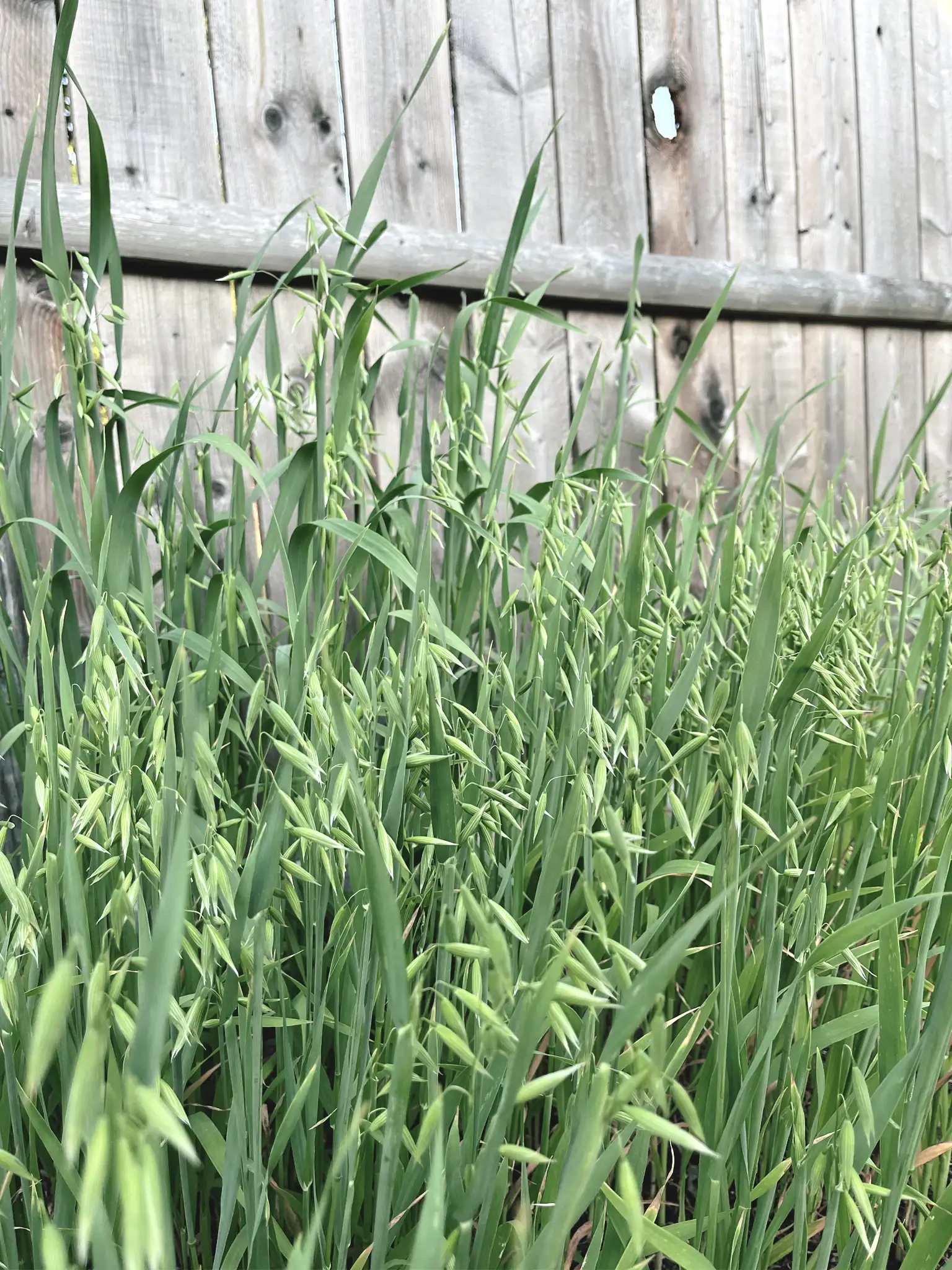
Beginner Gardening Tip #4: Learn About Pests and Diseases
I’ll never forget the feeling of seeing my first cucumber plant covered in dozens and dozens of cucumber beetles. They destroyed the entire plant in just a few days. Had I checked on the garden more often, then maybe I would have been able to save my plant.
Over the last decade, I’ve battled cucumber beetles, Japanese beetles, flea beetles, hornworms, squash bugs, and vine borers – just to name a few. What I’ve come to realize is that no matter what we do, pests will be in the garden. Without them, the beneficial bugs wouldn’t have food. So now instead of freaking out at the first sign of infestation, I just take a breath and figure out how to decrease the population.
Early detection is key and prevention is even better. Now, I’m not talking about preventing all pests from getting to your plants – we will never be able to avoid that. I mean preventing an infestation that will completely destroy your plants.
🌱 My fourth tip is to learn which pests are commonly found on your crops, then learn which predators to attract to keep those pests at bay. Additionally, learn which plants deter those pests and plant them near your main crop.
For this tip, I highly recommend the book The Organic Gardener’s Handbook of Natural Pest and Disease Control.
Implementing companion planting is a great way to help deter pests and invite beneficial insects into your garden.
Here are some common companion planting groups:
Tomatoes
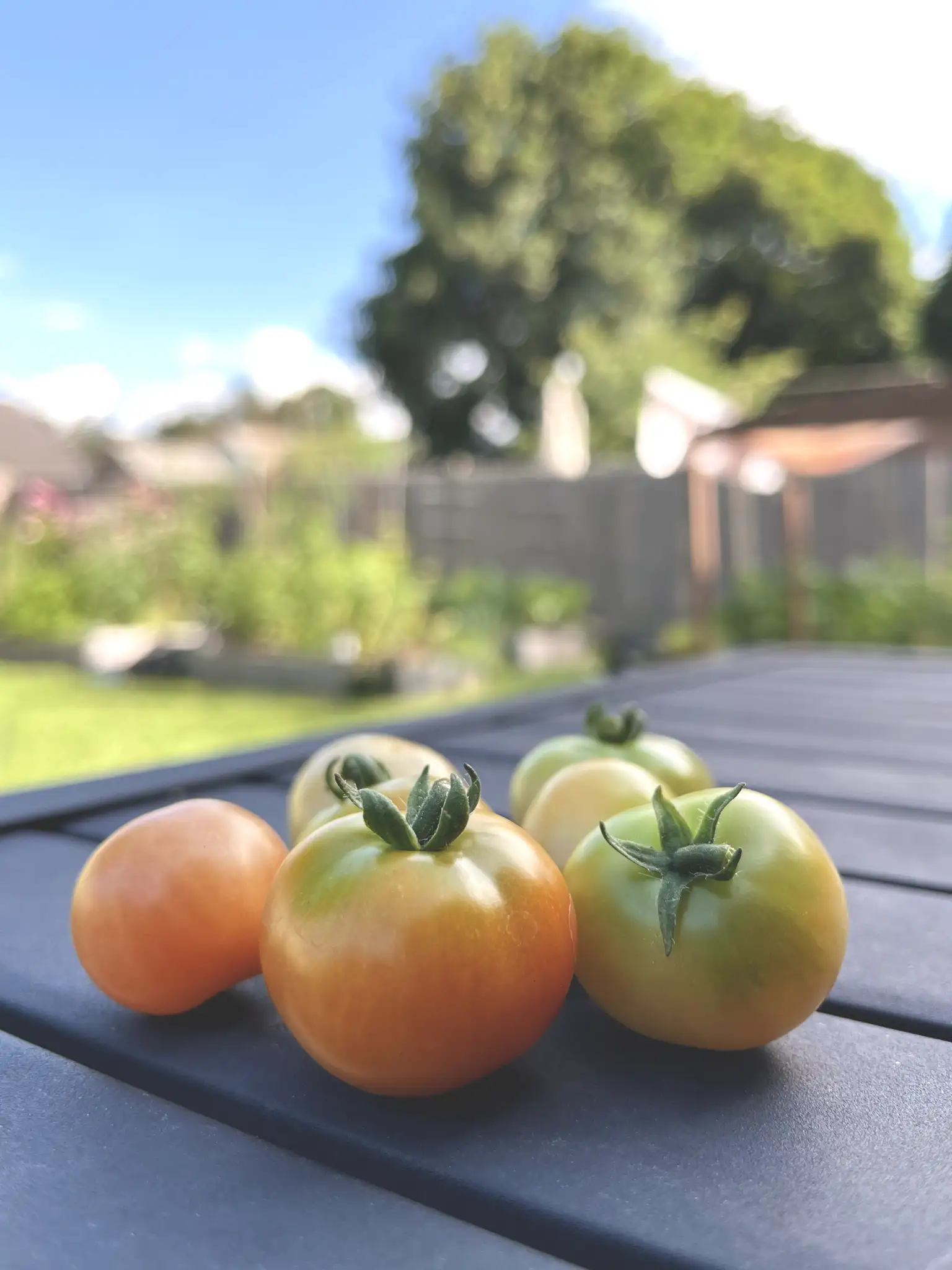
Companions:
▪️Basil: Repels pests like aphids and improves tomato flavor.
▪️Marigolds: Deter nematodes and other pests.
▪️Borage: Deters tomato hornworm.
Avoid:
▪️Brassicas: Requires a lot of the same nutrients.
▪️Corn: Attracts pests.
▪️Dill: Inhibits growth of tomatoes and other nightshades
Carrots
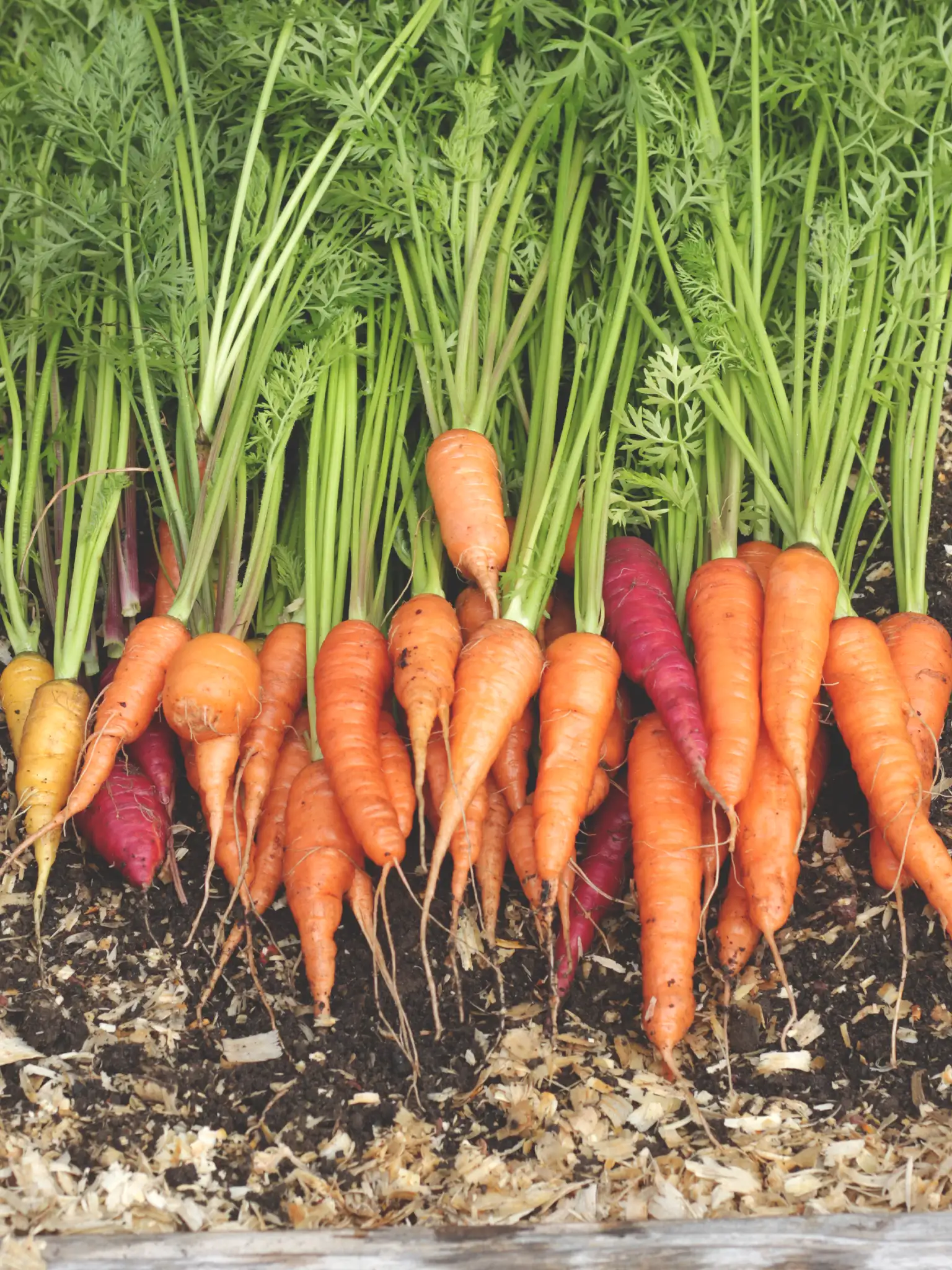
Companions:
▪️Onions: Deter carrot flies.
▪️Leeks: Repel carrot pests, and carrots repel leek moths.
▪️Tomatoes: Provide shade and loosen soil for carrots.
Avoid:
▪️Dill: Attracts carrot flies and may cross-pollinate with carrots
Peppers
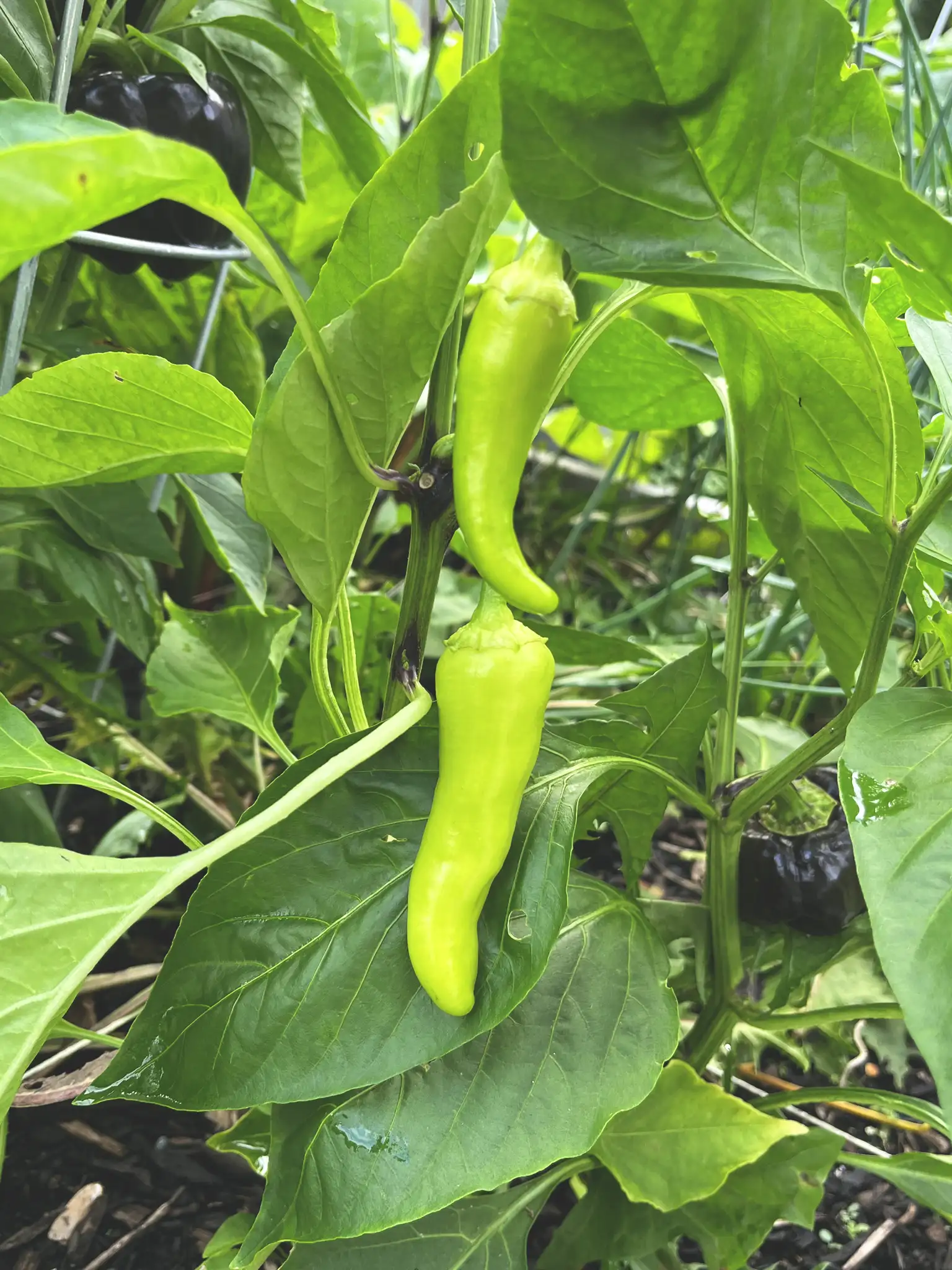
Companions:
▪️Basil: Improves growth and repels aphids.
▪️Onions: Repel pests.
▪️Marigolds: Help deter nematodes and aphids.
Avoid:
▪️Fennel: Inhibits growth.
▪️Dill: Inhibits growth of peppers and other nightshades.
Beans
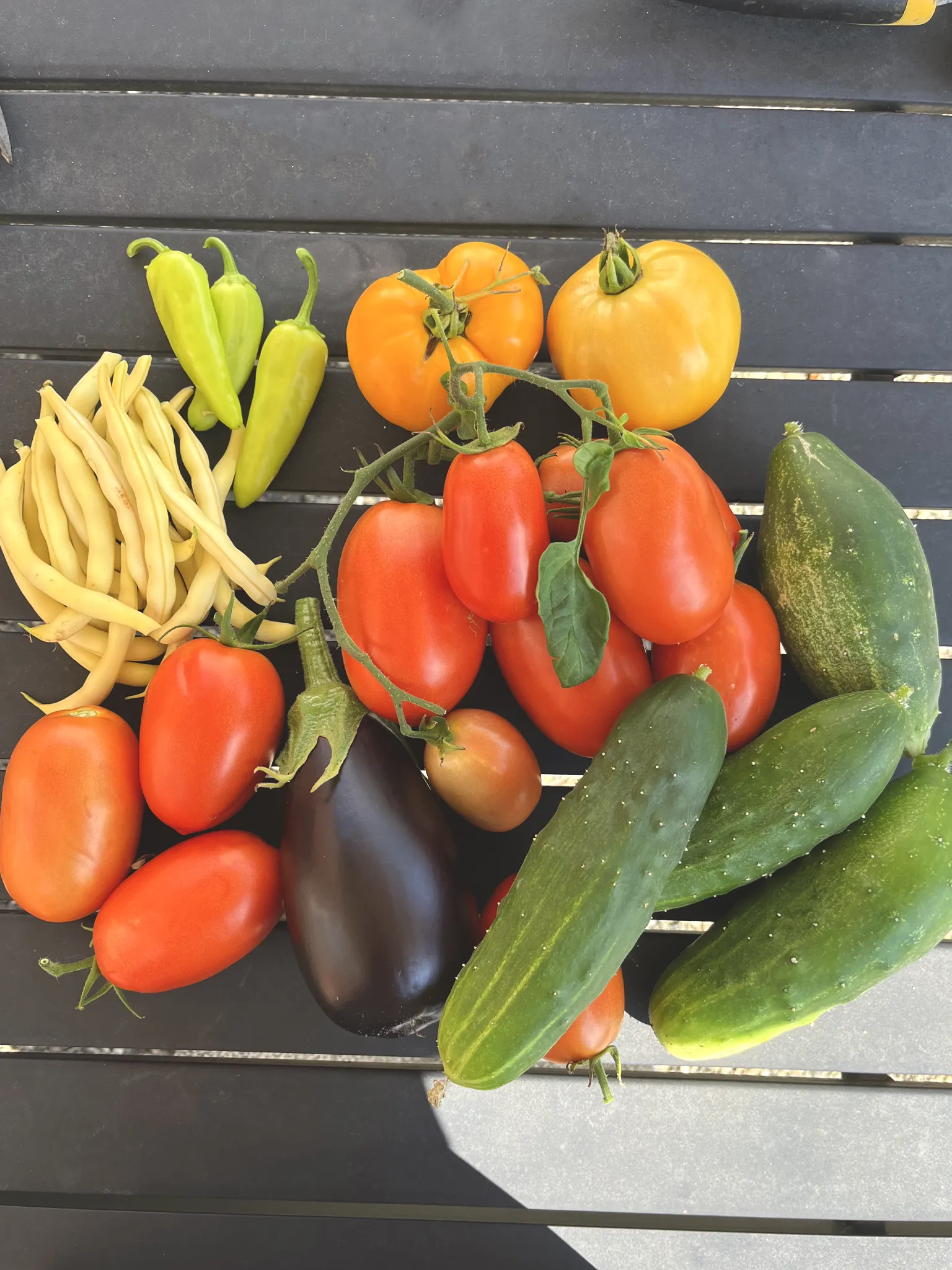
Companions:
▪️Corn: Beans fix nitrogen for corn, while corn provides support for climbing beans.
▪️Squash: The large leaves of squash shade the soil, preventing weeds.
▪️Marigolds: Help deter Mexican bean beetles.
Avoid:
▪️Alliums (onions, garlic, chives, etc.): Stunt bean growth.
Cabbage (and other Brassicas)
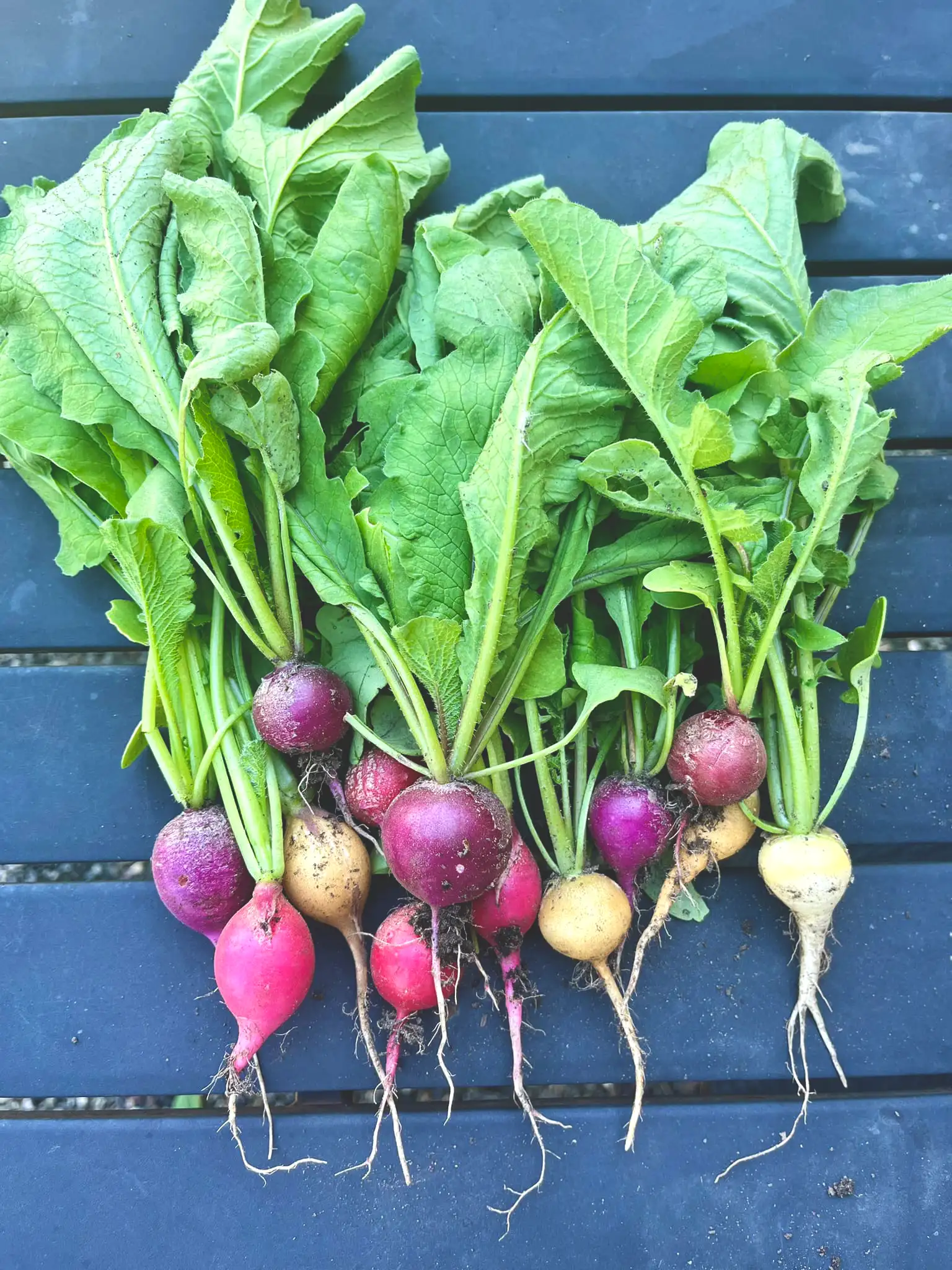
Companions:
▪️Dill: Attracts beneficial insects.
▪️Onions and Garlic: Repels cabbage moths and other pests.
▪️Nasturtiums: Trap pests like aphids and cabbage worms.
▪️Celery: Repels cabbage moth.
Avoid:
▪️Strawberries: Competes for nutrients.
▪️Tomatoes: Competes for nutrients.
▪️Pole Beans: Competes for nutrients.
▪️Squash: Competes for nutrients.
Cucumbers
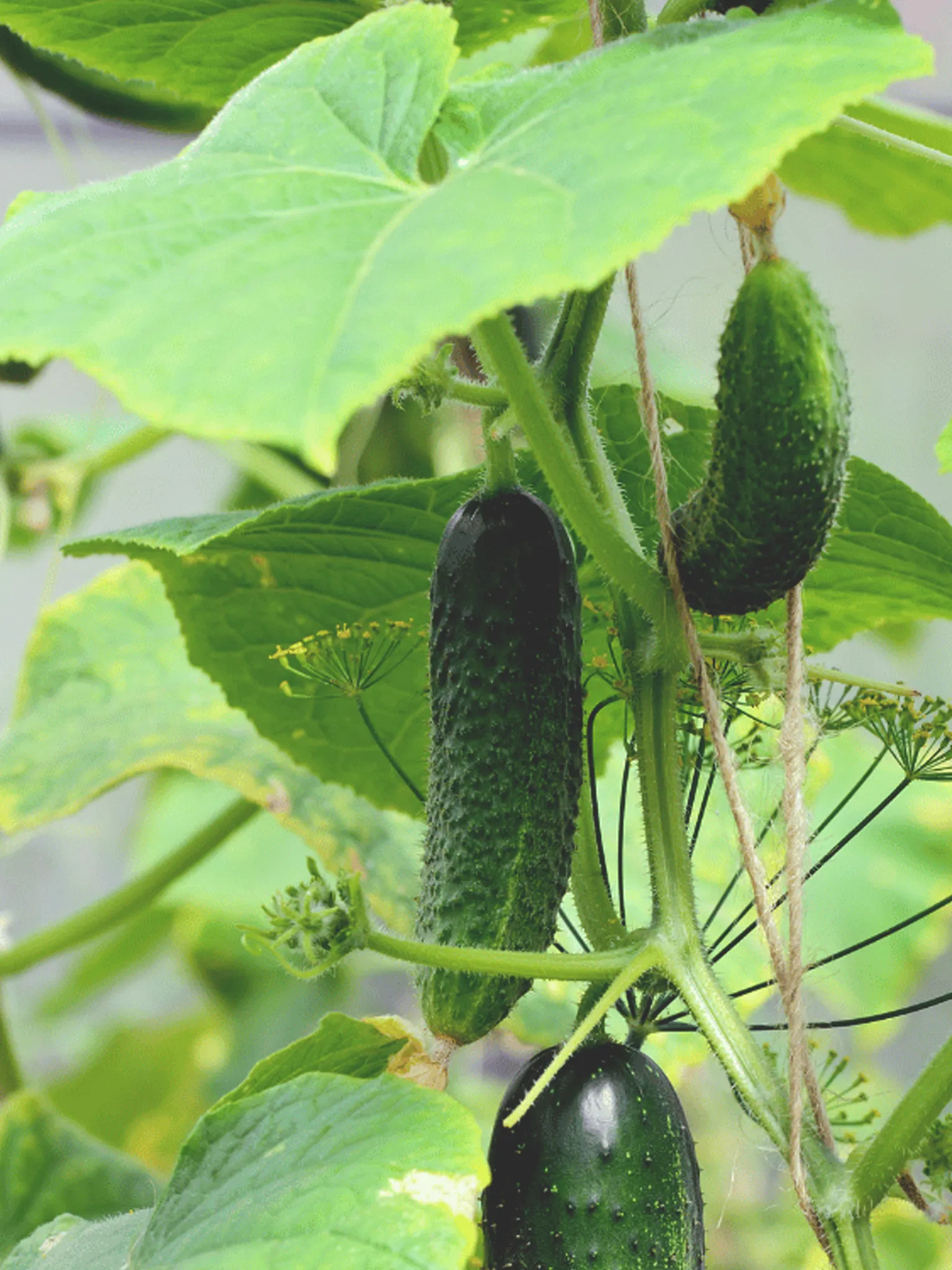
Companions:
▪️Radishes: Repel cucumber beetles.
▪️Nasturtiums: Deter aphids and beetles.
▪️Dill: Attracts beneficial insects.
Avoid:
▪️Potatoes: Competes for nutrients.
▪️Melons and Squash: Attracts similar pests.
▪️Sage: May affect cucumber flavor.
Beginner Gardening Tip #5: Join a Gardening Community
Finding a gardening community is so important because you’ll have a chance to connect with other people (which is great for mental health!) and get support and advice. There are several decent groups on Facebook but the BEST online gardening community is on Bluesky. If you are on Bluesky, check out the regional gardening groups and main gardening group using #gardeningfeed.
Local gardening communities are another valuable resource because you’ll get a chance to connect with gardeners who can give you advice specific to your region.
🌱 My fifth and final tips is to connect with local gardeners or online communities for support, advice, and plant swaps. Sharing resources and knowledge can save money and provide valuable insights tailored to your area.
I hope these tips help you to avoid some of the many mistakes I’ve made on my gardening journey! Let me know in the comments if you have any questions.
Check out some of my other beginner gardening posts:
Join Our Newsletter
Sign up for our monthly newsletter to get easy gardening tips, seasonal to-dos, and herbal recipes delivered right to your inbox.
Thank you!
Check your email to confirm your subscription.











